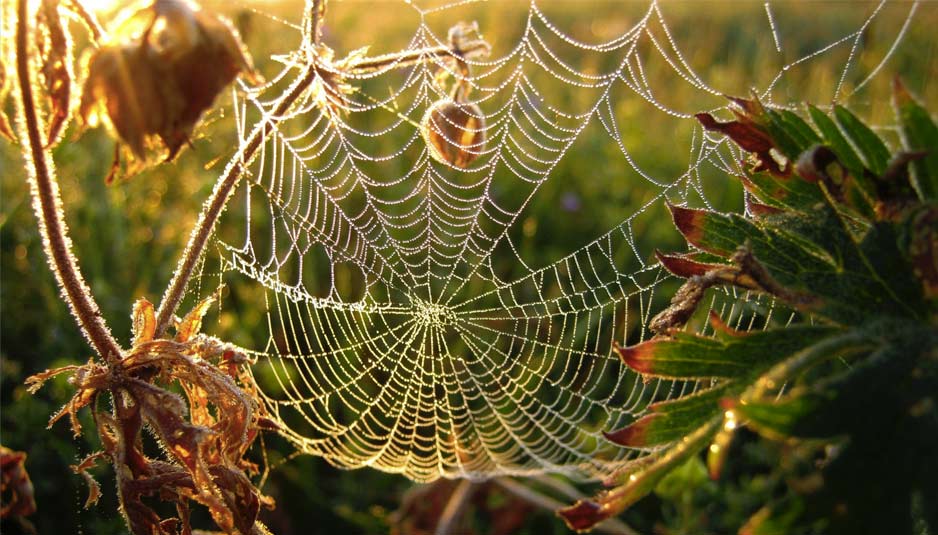Studying the spider web to make buildings and infrastructures

1.bp.blogspot.com/
Inspiration from nature to try to improve the life of man. This is what the reserchers of the Polytechnic of Turin are trying to do in collaboration with MIT (Massachusetts Institute of Technology) in Boston.
Their intuition regards the observation of the spider’s web to design super-tough materials, in order to improve the resistance of buildings and infrastructure in the case of floods and earthquakes. The question that arises is what contribution can the spider’s web in this research and the achievement of this goal. The answer lies in the constitutive law of the material and also in the particular geometry of the canvas.
Going to order: the constitutive law describes the mechanical properties of the material, to a purely phenomenological level-experimental, it binds the tensions that act on the material, with the deformation that the material undergoes due to its own tension. In fact, it is seen that the canvas has a high flexibility in correspondence of the “yield stress” (also known as the yield point, which indicates the voltage value beyond which the material passes from a reversible elastic behavior to a plastic irreversible) and a stiffening due to high stress. Another very important feature of the spider’s web is its tensile strength (resistance) which is comparable to that of steel of 1.3 – 1.5 GPA, but the canvas is much less dense than steel. So great elastic capacity, but also great capacity for resistance, these are the main features that highlight precisely the extraordinary ability to transition from a state of extreme flexibility to one of greater rigidity, depending on the extent of the applied voltages.
groz-beckert.com
In addition to the extraordinary characteristics of the material, another aspect that has intrigued researchers are geometries with which spiders weave their webs; many and varied, however, have an interesting common feature made possible by the exceptional ability of the material listed above, in the case of very high voltages, may sacrifice local areas of the web, so as not to jeopardize the functionality of the entire structure; two aspects, therefore, the mechanical properties of the material and architecture of cobwebs, that scientists are trying to understand more and more hard to try new design criteria revolutionaries.
Edited by Luca Quarato, student of Civil Engineering at Università degli Studi di Modena e Reggio Emilia
Header image credits: pichost.me/1640141
